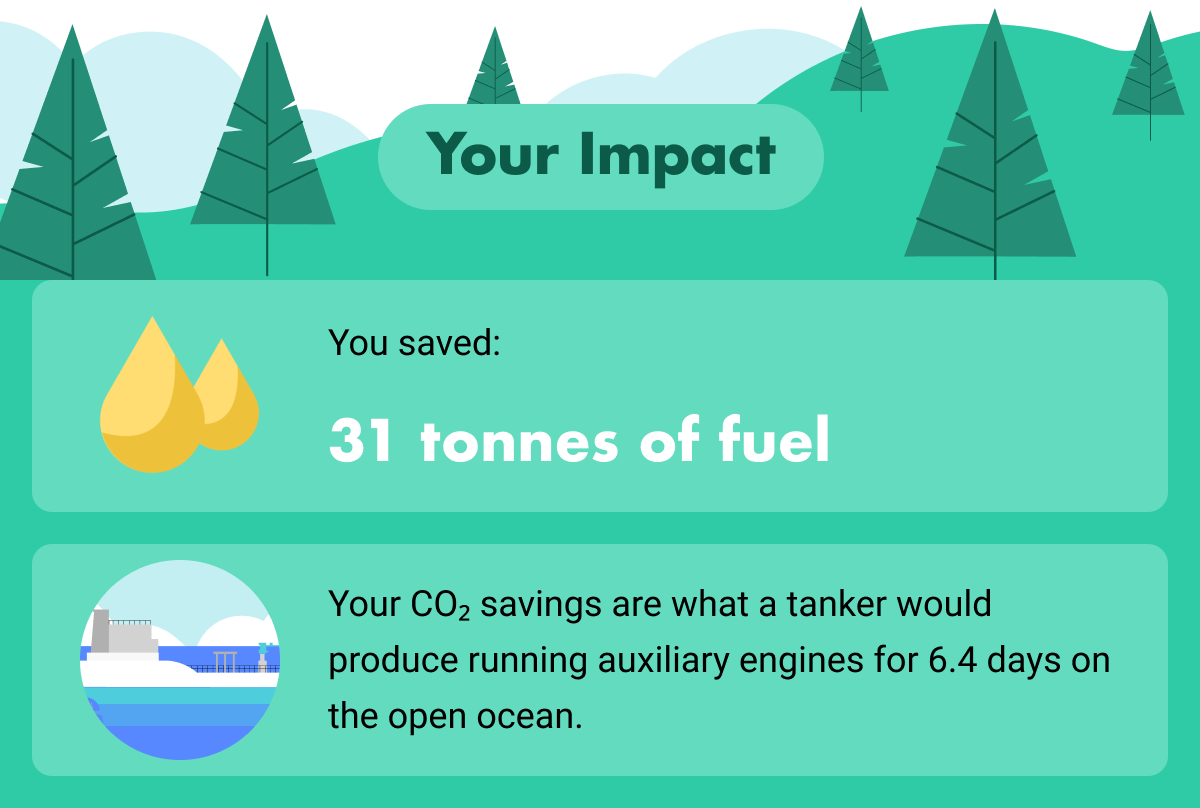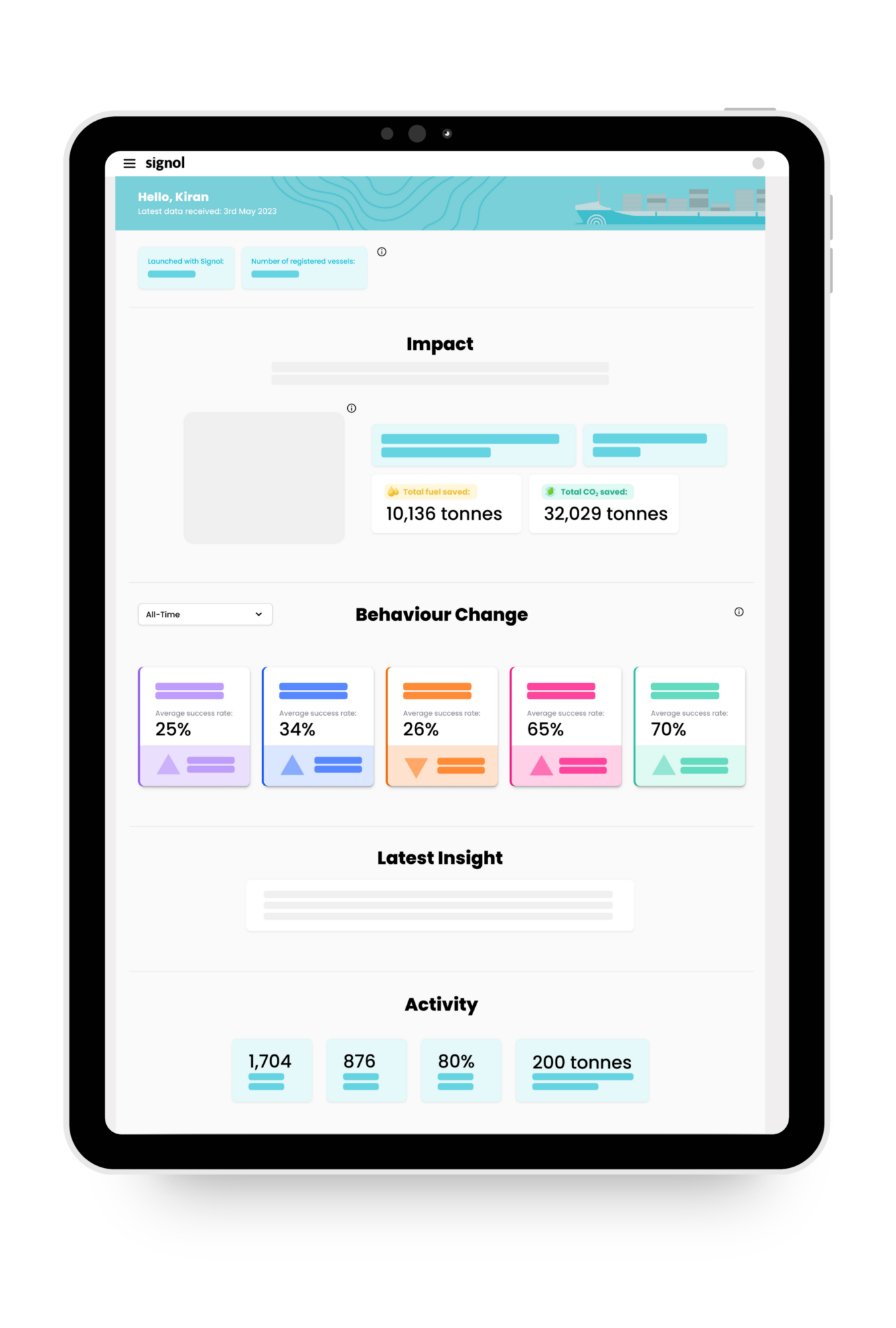This website uses cookies so that we can provide you with the best user experience possible. Cookie information is stored in your browser and performs functions such as recognising you when you return to our website and helping our team to understand which sections of the website you find most interesting and useful.
Blog
How behavioural science enabled our clients to save the equivalent of London’s daily CO2 emissions
The right combination of behaviour change techniques can enable companies to harness the power of their workforces to drive continuous positive change.
By Carly Minsky
April 22, 2024

Companies are exploring and investing in innovative sustainability solutions like alternative fuels and carbon capture, but overlooking the power of their people, who can really move the dial on decarbonisation strategies.
Divya Sukumar
Chief Experience Officer
Individuals are employed to do a specific job, balancing a number of priorities to perform their job function. More abstract priorities like ‘playing my part in company-wide sustainability initiatives’ will lower the list of considerations when it comes to practical, everyday work-related decisions.
Stolt Tankers planted three mangrove trees in a forest in the Philippines (home to many of its crew members) for every goal achieved in its project with Signol.

Personalising goals based on an employee’s previous behaviour patterns creates ambitious, realistic and achievable goals and encourages employees to maintain the highest level of performance they have already demonstrated as possible.

